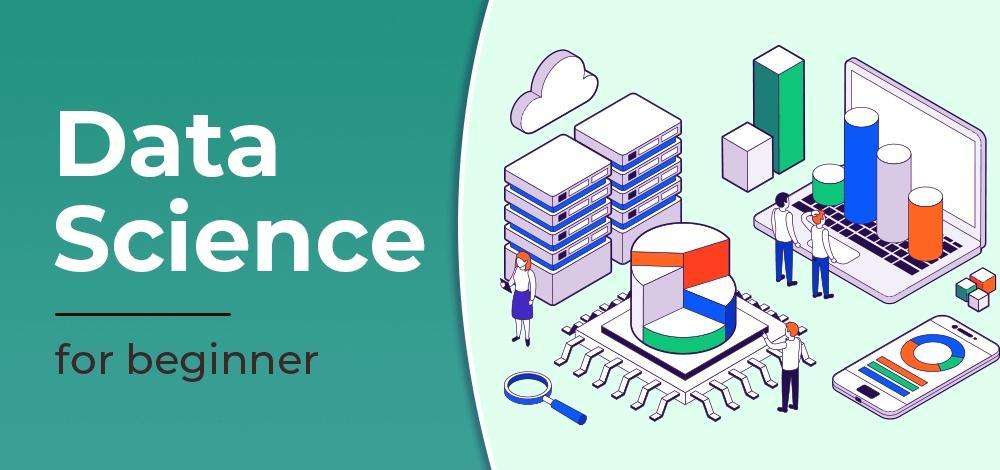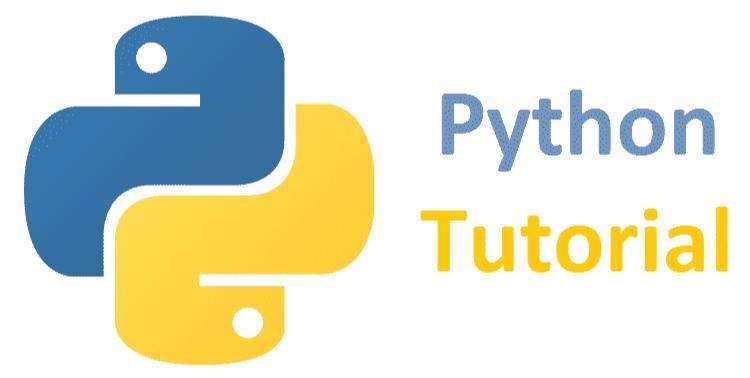
Competitive programming, is where every byte counts and the warriors of code battle to solve complex problems with elegance and efficiency. In this area, your knowledge of data structures and algorithms can make the difference between victory and defeat.
This guide is crafted to arm you with the top 10 data structures and algorithms that are essential for any competitive programmer.
In this article, we’ll explore the essential top 10 algorithms and data structures vital for competitive coding.
Top 10 Data Structures and Algorithms for Competitive Programming Tutorial Overview
1. Dynamic Arrays
Dynamic arrays are your first line of defence. They allow you to store and manipulate a list of items dynamically. Unlike static arrays, they can grow and shrink, giving you the flexibility to adapt to the unknown challenges you’ll face in the arena.
2. Linked Lists
Next, we have linked lists. These are perfect for scenarios where you need constant-time insertions and deletions. They may not be the fastest for random access, but their power lies in their ability to quickly adapt to changes in the dataset.
3. Stacks and Queues
Stacks and queues are the backbone of orderly data management. Stacks follow the Last-In-First-Out (LIFO) principle, while queues use First-In-First-Out (FIFO). They’re essential for algorithms that require sequential processing.
4. Hash Tables
Hash tables are the treasure chests of fast data retrieval. By mapping keys to values, they provide constant-time complexity for search operations, making them indispensable for frequency counting and unique data representation.
5. Binary Trees
Binary trees, especially binary search trees, offer a balanced approach to storing data. They maintain order, allowing for efficient searches, insertions, and deletions, which are crucial in time-sensitive problems.
6. Graphs
Graphs are the maps of competitive programming. They represent complex relationships and are vital for problems involving networks, like social media analysis or transportation systems.
7. Sorting Algorithms
Sorting algorithms, such as quicksort and mergesort, are the silent sorters behind the scenes. They bring order to chaos, making it easier to navigate through data.
8. Dynamic Programming
Dynamic programming is the art of breaking down problems into smaller, manageable subproblems. It’s a strategy that saves time by storing the results of these subproblems and reusing them.
9. Greedy Algorithms
Greedy algorithms are the opportunists. They make the most favourable choice at every step, aiming for a local optimum in hopes of finding the global solution.
10. Graph Algorithms
Finally, graph algorithms like Dijkstra’s and Floyd-Warshall are the pathfinders. They help you navigate through the graphs, finding the shortest paths and connecting the dots in the most efficient way possible.
Complete Top 10 Data Structures and Algorithms for Competitive Programming Tutorial
1. Graph Algorithms
- Breadth First Search (BFS)
- Depth First Search (DFS)
- Shortest Path from source to all vertices Dijkstra
- Shortest Path from every vertex to every other vertex Floyd Warshall
- Minimum Spanning tree Prim
- Minimum Spanning tree Kruskal
- Topological Sort
- Johnson’s algorithm
- Articulation Points (or Cut Vertices) in a Graph
- Bridges in a graph
All Graph Algorithms
2. Dynamic Programming
- Longest Common Subsequence
- Longest Increasing Subsequence
- Edit Distance
- Minimum Partition
- Ways to Cover a Distance
- Longest Path In Matrix
- Subset Sum Problem
- Optimal Strategy for a Game
- 0-1 Knapsack Problem
- 0-2 Assembly Line Scheduling
All DP Algorithms
3. Searching And Sorting
- Binary Search
- Quick Sort
- Merge Sort
- Order Statistics
- KMP algorithm
- Rabin karp
- Z’s algorithm
- Aho Corasick String Matching
- Counting Sort
- Manacher’s algorithm: Part 1, Part 2 and Part 3
All Articles on Searching, Sorting and Pattern Searching.
4. Number theory and Other Mathematical
¡》Prime Numbers and Prime Factorization
- Primality Test | Set 1 (Introduction and School Method)
- Primality Test | Set 2 (Fermat Method)
- Primality Test | Set 3 (Miller–Rabin)
- Sieve of Eratosthenes
- Segmented Sieve
- Wilson’s Theorem
- Prime Factorization
- Pollard’s rho algorithm
- Modulo Arithmetic Algorithms
¡¡》Basic and Extended Euclidean algorithms
- Euler’s Totient Function
- Modular Exponentiation
- Modular Multiplicative Inverse
- Chinese remainder theorem Introduction
- Chinese remainder theorem and Modulo Inverse Implementation
- nCr%m and this.
5. Miscellaneous:
- Counting Inversions
- Counting Inversions using BIT
- Logarithmic exponentiation
- Square root of an integer
- Heavy light Decomposition , this and this
- Matrix Rank
- Gaussian Elimination to Solve Linear Equations
- Hungarian algorithm
- Link cut
- Mo’s algorithm and this
- Factorial of a large number in C++
- Factorial of a large number in Java+
- Russian Peasant Multiplication
- Catalan Number
All Articles on Mathematical Algorithms
6. Geometrical and Network Flow Algorithms
- Convex Hull
- Graham Scan
- Line Intersection
- Interval Tree
- Matrix Exponentiation and this
- Maxflow Ford Furkerson Algo and Edmond Karp Implementation
- Min cut
- Stable Marriage Problem
- Hopcroft–Karp Algorithm for Maximum Matching
- Dinic’s algo and e-maxx
All Articles on Geometric Algorithms
7. Data Structures
- Binary Indexed Tree or Fenwick tree
- Segment Tree (RMQ, Range Sum and Lazy Propagation)
- K-D tree (See insert, minimum and delete)
- Union Find Disjoint Set (Cycle Detection and By Rank and Path Compression)
- Tries
- Suffix array (this, this and this)
- Sparse table
- Suffix automata
- Suffix automata II
- LCA and RMQ
All Articles on Advanced Data Structures.
How to Begin?
Please see How to begin with Competitive Programming?
What are top algorithms in Interview Questions?
- Top 10 algorithms in Interview Questions
If you Prefer a course,
Why look further when our Free Data Structures and Algorithms course offers all you need in one comprehensive program! Enroll in our DSA program today, and our advisors will be in touch to provide you with all the guidance and support you need.
Conclusion
Mastering these data structures and algorithms is like sharpening your sword for battle. They are the tools that will help you slice through problems with precision and speed. Embrace them, practice them, and watch as your skills in competitive programming reach new heights.
RELATED ARTICLES
- System Design Tutorial & Roadmap for Aspiring Tech Architects
- Software Design Patterns Tutorial & Roadmap
- TypeScript Tutorial & Roadmap
- The Best JavaScript Programming Examples in 2024
- Next.js Tutorial & Roadmap
- Lodash Tutorial & Roadmap
- AngularJS Tutorial & Roadmap
- Web Browser –Definition, Types & Uses: A Complete Tutorial Overview










casibom giris: casibom giris – casibom guncel giris
casibom giris
Профессиональный сервисный центр по ремонту компьютерных блоков питания в Москве.
Мы предлагаем: ремонт источников питания
Наши мастера оперативно устранят неисправности вашего устройства в сервисе или с выездом на дом!
Если кто ищет место, где можно выгодно купить раковины и ванны, рекомендую один интернет-магазин, который недавно открыл для себя. Они предлагают большой выбор сантехники и аксессуаров для ванной комнаты. Ассортимент включает различные модели, так что можно подобрать под любой стиль и размер помещения.
Мне нужно было раковина в ванну , и они предложили несколько отличных вариантов. Цены приятно удивили, а качество товаров на высшем уровне. Также понравилось, что они предлагают услуги профессиональной установки. Доставка была быстрой, и всё прошло гладко. Теперь моя ванная комната выглядит просто великолепно!
farmacia online 24 horas: farmacia envio gratis – farmacias direct
farmacia online barata y fiable: farmacia online barata – farmacia online envГo gratis
viagra pfizer 25mg prezzo: viagra generico – viagra generico recensioni
top farmacia online: Farmacie on line spedizione gratuita – farmaci senza ricetta elenco
farmacia online senza ricetta: Farmacie online sicure – farmacia online senza ricetta
п»їFarmacia online migliore: farmacia online migliore – Farmacia online miglior prezzo
farmaci senza ricetta elenco: BRUFEN 600 acquisto online – farmacia online
ventolin inhaler: Ventolin inhaler price – ventolin 50 mg
neurontin 600 mg pill: neurontin cost uk – neurontin prescription
mexican online pharmacies prescription drugs: medication from mexico – mexico drug stores pharmacies